 |
| English: Dominican Republic (orthographic projection). (Photo credit: Wikipedia) |
Next week deaconess students from Guatemala, Mexico, Panama, and Venezuela will travel to the Dominican Republic for a three-day course on the letters of St. Paul. Deaconess Ginnatriz Mendoza will teach the course. She is the wife of Ángel Eliezer Mendoza, pastor of Nueva Vida (New Life) Lutheran mission in Yaritagua, the capital of the Peña Municipality of Venezuela's state of Yaracuy. She is a native of Argentina and trained as a deaconess at Concordia Seminary, Buenos Aires, Argentina, where her husband, a Venezuelan, recently graduated. They met while he was studying at the seminary.
Luz Maria and I also will travel to the Dominican Republic. Luz Maria trained as a deaconess by taking theological courses by extension and has worked with the Lutheran Church of Venezuela to train more deaconesses.
Some may ask, what is a deaconess? One might also ask, what is a deacon? The two words have a ong history within the church. Both are derived from the Greek work, διάκονος (diakonos), which in a broad sense means "servant" or "one who runs an errand". The apostle Paul refers to himself as a "deacon" or servant of Jesus Christ in Colossians 1:23. However, the word also is used in the New Testament in a special sense to mean trusted laity in positions of responsibility. The first example of this is found in Acts, chapter six, where the Apostle delegated the oversight of the distribution of food to the widows to seven men "of honest report, full of the Holy Ghost and wisdom."
Unlike the pastoral office of public preaching, teaching and administration of the sacraments, the office of "deacon" was not created by God's command. The apostles did not receive a divine order in a vision or a dream, but used their own judgement. This is similar to what happened in Exodus 18 when Moses, exhausted after trying to deal with all of the Israelites' problems himself, took the advice of his father-in-law and appointed "able men from all the people, men who fear God, who are trustworthy and hate a bribe" as his helpers.
Because the responsibilities of the "diaconate" or auxiliary offices are not fixed by divine mandate, they can change according to the needs of the local church. There is evidence within the New Testament that women as well as men were able to serve in auxiliary offices within the early church. The primary passage is Romans 16:1-2, in which St. Paul refers to a woman named Phoebe as a "servant of the church at Cenchreae" The word translated "servant" is διάκονον, the feminine form of διάκονος.
Other women in the New Testament, while not specifically named as deaconesses, are described as devoting themselves to the service of the church. Outstanding examples are Lydia, a woman who who housed many Christians in her home; Priscilla, who with her husband, Aquila, helped Apollos to teach more accurately the way of God; and Dorcas who made clothes for the needy.
Some interpreters argue that the mention of "women" in 1 Timothy 3:8-13 means the wives of deacons. However, in verses 1-7, Paul speaks of the requirements to be a bishop (pastor) without mentioning their wives, ( only that a bishop must be the husband of only one wife). On the other hand, Paul makes a parallel list of requirements for deacons and "women". The word, γυναῖκας, "gunaikas" could mean a woman of any age or marital status, and thus could mean deaconesses. This was the interpretation of John Chrysostom (347-407), a great theologian of the early church.
An early reference to deaconesses outside the Holy Scriptures is found in a letter written to the Emperor Trajan by the Roman magistrate, Pliny the Younger, in the second century A.D.He mentions torturing two deaconesses to find out more about what Christians really believed.
The office of deaconess was formally recognized at the Council of Nicea in 325 AD, and the Apostolic Constitutions, a Christian work of the fourth century mentions deaconess as an official position in the church. The work of the deaconess work in the post-apostolic church was to help the poor and sick; instruct catechumens; help in the baptism of women; and attend to the needs of woman in circumstances where a male deacon did not have access or could not be sent.
After the fifth century A.D., however, the office of deaconess was discontinued. As the church as an institution became more powerful within late Roman and early medieval society, it became more hierarchical in structure. The word "deacon" came to mean a rank within the clergy, not a lay office. Thus, deacons could not have female counterparts. The work performed by deaconesses did not disappear, but was taken over by orders of nuns.
The modern revival of the office of deaconess began when Theodor Fliedner, a Lutheran pastor, and his wife, Friedericke Munster, opened the first modern Lutheran deaconess mother house in Kaiserwerth on the Rhine. Germany, in 1836. Fliedner saw a pressing need, demand for nurses with religious formation to attend the wounded as the Napoleonic Wars had created devastation and great misery. By 1864, year of his death, some 1,600 women had received training as deaconesses in Kaiserswerth. One of them was Florence Nightingale, the famous nurse of the Crimean War.
In the village of Neuendettelsau, Bavaria, Wilhelm Loehe (1808-1872) also became interested in the restoration of the office of deaconess. He established a school for deaconesses in 1849, where women trained to care for the sick, teach school, and work in other fields of service to the church.
The Lutheran Church - Missouri Synod began training deaconesses in 1919 and today both Concordia Seminary in St. Louis, Missouri, and Concordia Theological Seminary, in Fort Wayne, Indiana, provide deaconess training program.
Deaconess Rosie Adle, an instructor at the Fort Wayne seminary, worked in Venezuela to recruit and train deaconesses in 2007. She explained the role of the deaconess in a recent Issues Etc. interview.
Luz Maria and I also will travel to the Dominican Republic. Luz Maria trained as a deaconess by taking theological courses by extension and has worked with the Lutheran Church of Venezuela to train more deaconesses.
Some may ask, what is a deaconess? One might also ask, what is a deacon? The two words have a ong history within the church. Both are derived from the Greek work, διάκονος (diakonos), which in a broad sense means "servant" or "one who runs an errand". The apostle Paul refers to himself as a "deacon" or servant of Jesus Christ in Colossians 1:23. However, the word also is used in the New Testament in a special sense to mean trusted laity in positions of responsibility. The first example of this is found in Acts, chapter six, where the Apostle delegated the oversight of the distribution of food to the widows to seven men "of honest report, full of the Holy Ghost and wisdom."
Unlike the pastoral office of public preaching, teaching and administration of the sacraments, the office of "deacon" was not created by God's command. The apostles did not receive a divine order in a vision or a dream, but used their own judgement. This is similar to what happened in Exodus 18 when Moses, exhausted after trying to deal with all of the Israelites' problems himself, took the advice of his father-in-law and appointed "able men from all the people, men who fear God, who are trustworthy and hate a bribe" as his helpers.
Because the responsibilities of the "diaconate" or auxiliary offices are not fixed by divine mandate, they can change according to the needs of the local church. There is evidence within the New Testament that women as well as men were able to serve in auxiliary offices within the early church. The primary passage is Romans 16:1-2, in which St. Paul refers to a woman named Phoebe as a "servant of the church at Cenchreae" The word translated "servant" is διάκονον, the feminine form of διάκονος.
Other women in the New Testament, while not specifically named as deaconesses, are described as devoting themselves to the service of the church. Outstanding examples are Lydia, a woman who who housed many Christians in her home; Priscilla, who with her husband, Aquila, helped Apollos to teach more accurately the way of God; and Dorcas who made clothes for the needy.
Some interpreters argue that the mention of "women" in 1 Timothy 3:8-13 means the wives of deacons. However, in verses 1-7, Paul speaks of the requirements to be a bishop (pastor) without mentioning their wives, ( only that a bishop must be the husband of only one wife). On the other hand, Paul makes a parallel list of requirements for deacons and "women". The word, γυναῖκας, "gunaikas" could mean a woman of any age or marital status, and thus could mean deaconesses. This was the interpretation of John Chrysostom (347-407), a great theologian of the early church.
An early reference to deaconesses outside the Holy Scriptures is found in a letter written to the Emperor Trajan by the Roman magistrate, Pliny the Younger, in the second century A.D.He mentions torturing two deaconesses to find out more about what Christians really believed.
The office of deaconess was formally recognized at the Council of Nicea in 325 AD, and the Apostolic Constitutions, a Christian work of the fourth century mentions deaconess as an official position in the church. The work of the deaconess work in the post-apostolic church was to help the poor and sick; instruct catechumens; help in the baptism of women; and attend to the needs of woman in circumstances where a male deacon did not have access or could not be sent.
After the fifth century A.D., however, the office of deaconess was discontinued. As the church as an institution became more powerful within late Roman and early medieval society, it became more hierarchical in structure. The word "deacon" came to mean a rank within the clergy, not a lay office. Thus, deacons could not have female counterparts. The work performed by deaconesses did not disappear, but was taken over by orders of nuns.
The modern revival of the office of deaconess began when Theodor Fliedner, a Lutheran pastor, and his wife, Friedericke Munster, opened the first modern Lutheran deaconess mother house in Kaiserwerth on the Rhine. Germany, in 1836. Fliedner saw a pressing need, demand for nurses with religious formation to attend the wounded as the Napoleonic Wars had created devastation and great misery. By 1864, year of his death, some 1,600 women had received training as deaconesses in Kaiserswerth. One of them was Florence Nightingale, the famous nurse of the Crimean War.
In the village of Neuendettelsau, Bavaria, Wilhelm Loehe (1808-1872) also became interested in the restoration of the office of deaconess. He established a school for deaconesses in 1849, where women trained to care for the sick, teach school, and work in other fields of service to the church.
 |
| Rosie Adle with Luz Maria and Elsy Valladares de Machado in 2007. |
The Lutheran Church - Missouri Synod began training deaconesses in 1919 and today both Concordia Seminary in St. Louis, Missouri, and Concordia Theological Seminary, in Fort Wayne, Indiana, provide deaconess training program.
Deaconess Rosie Adle, an instructor at the Fort Wayne seminary, worked in Venezuela to recruit and train deaconesses in 2007. She explained the role of the deaconess in a recent Issues Etc. interview.
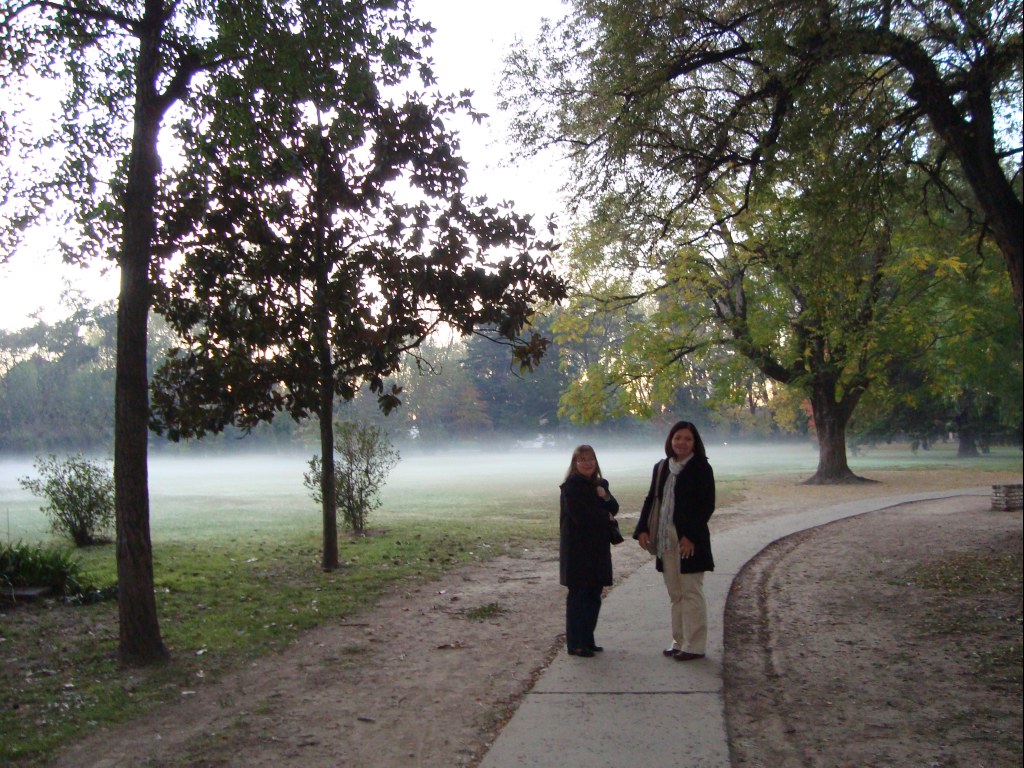

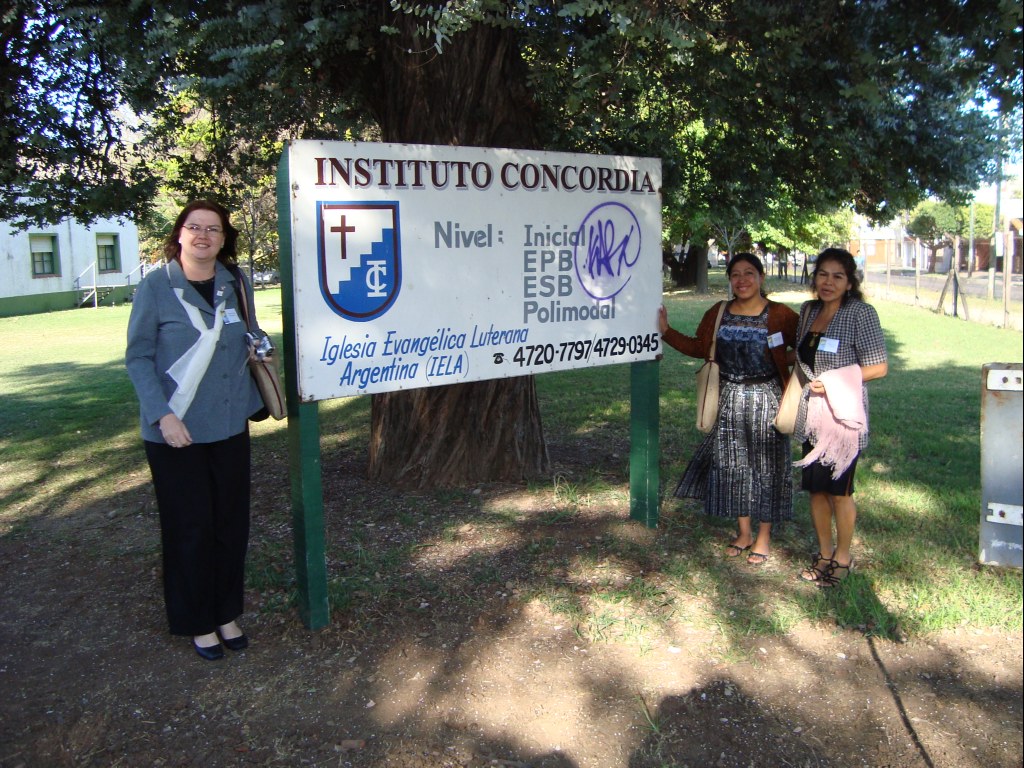

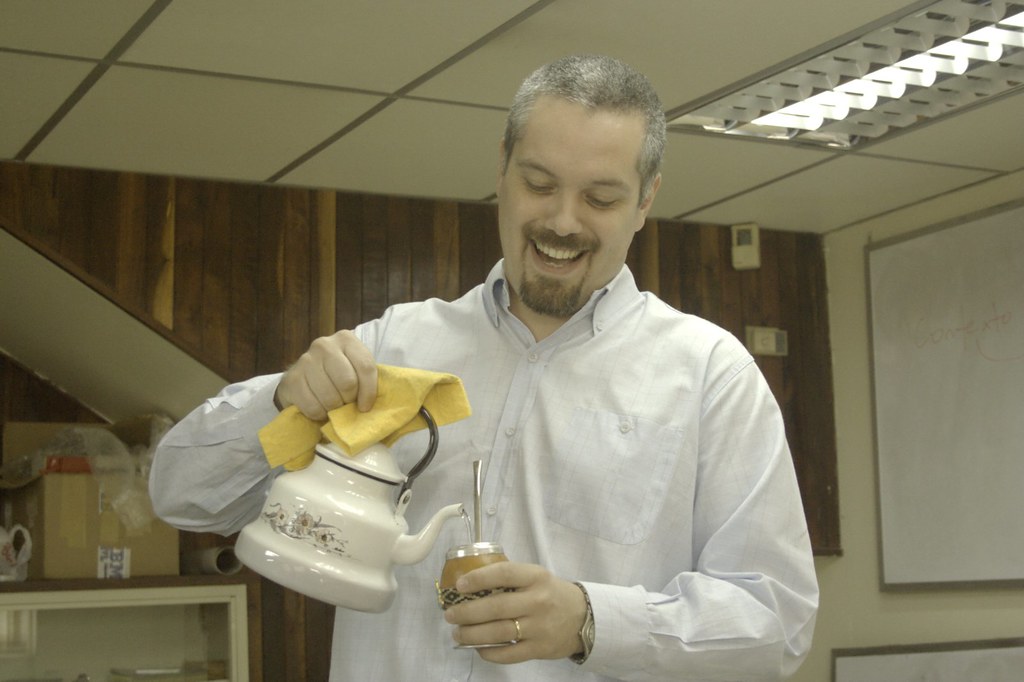
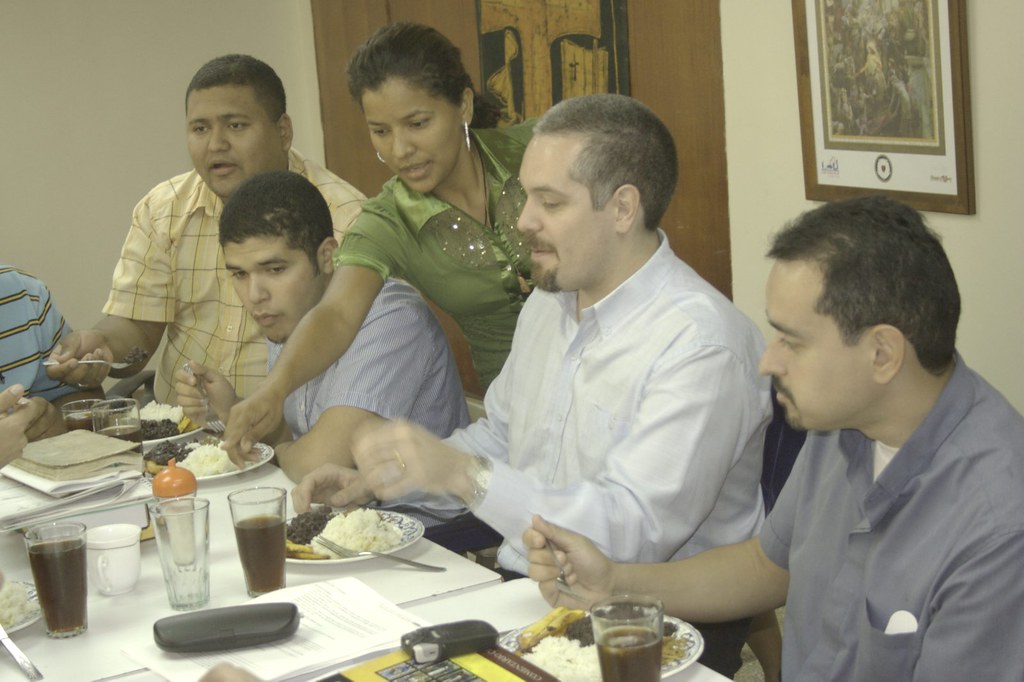

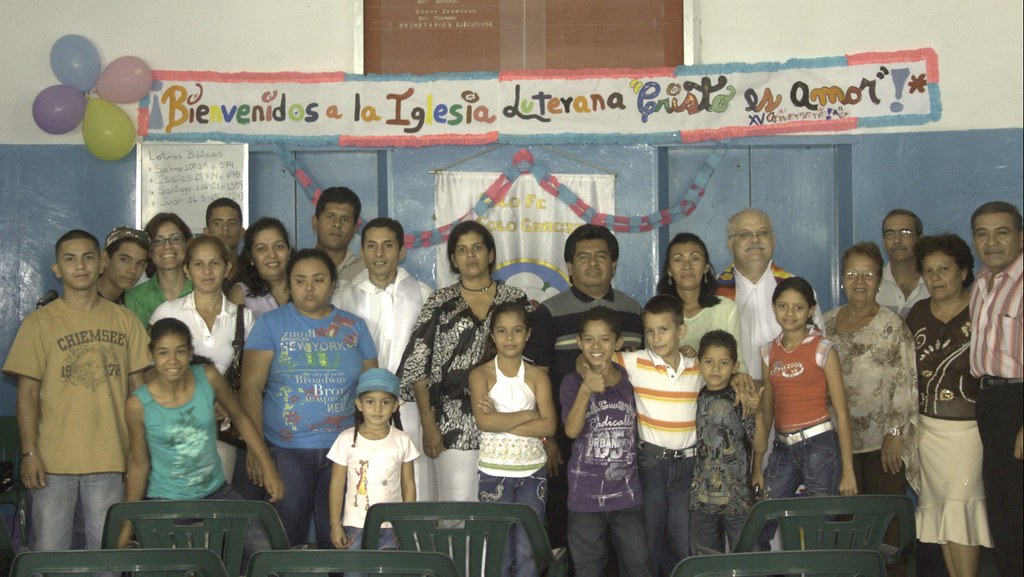


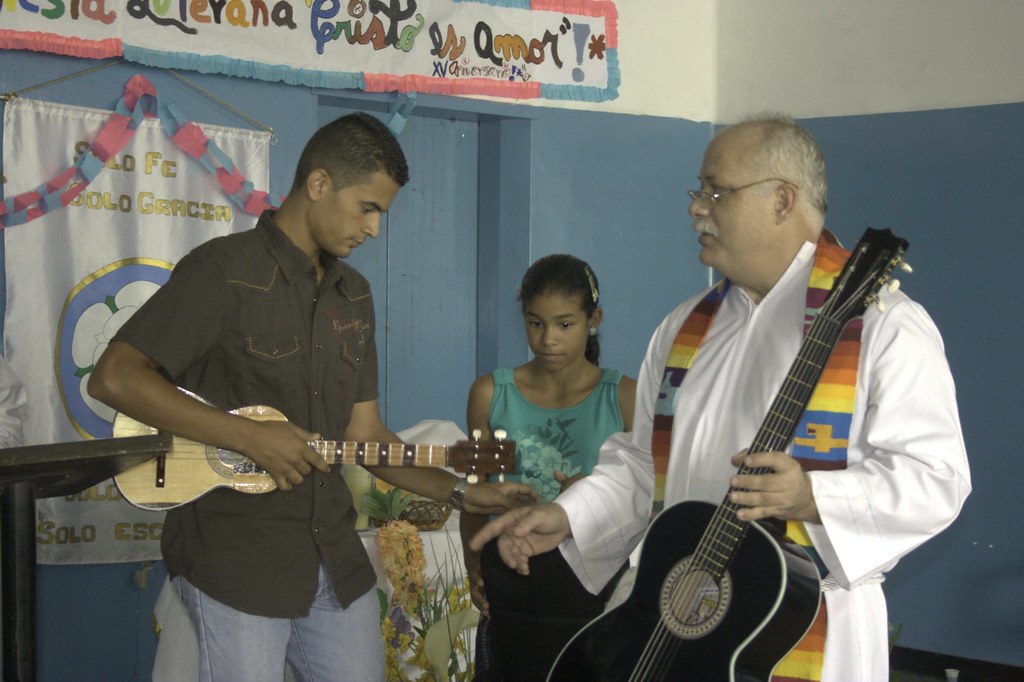
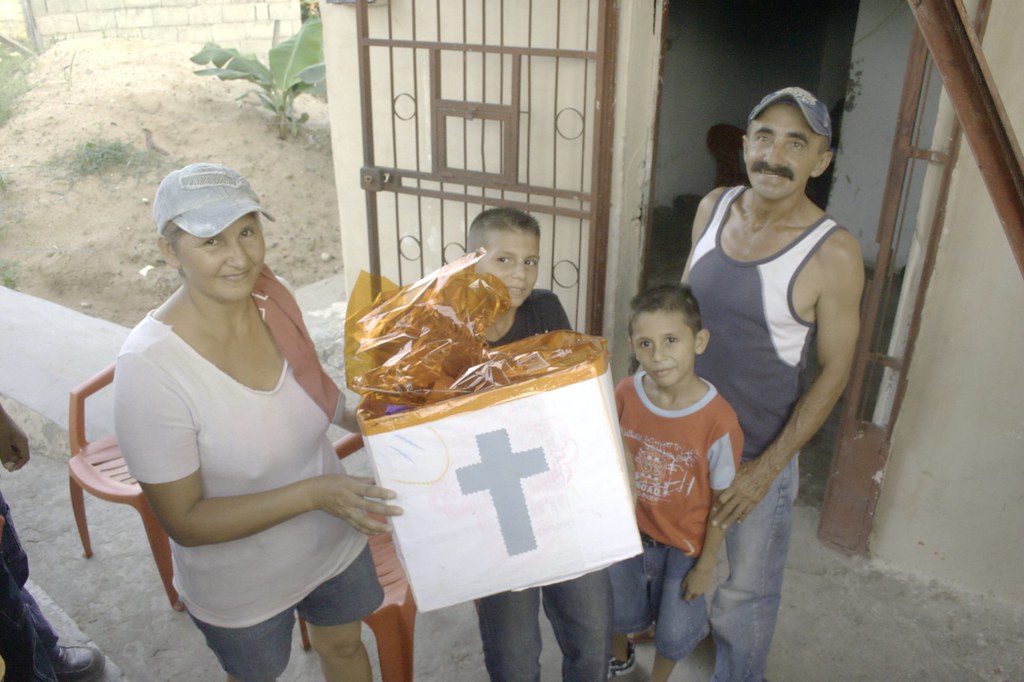
![Reblog this post [with Zemanta]](http://img.zemanta.com/reblog_e.png?x-id=d789014c-e6ae-47ac-9115-81e80b87ed45)
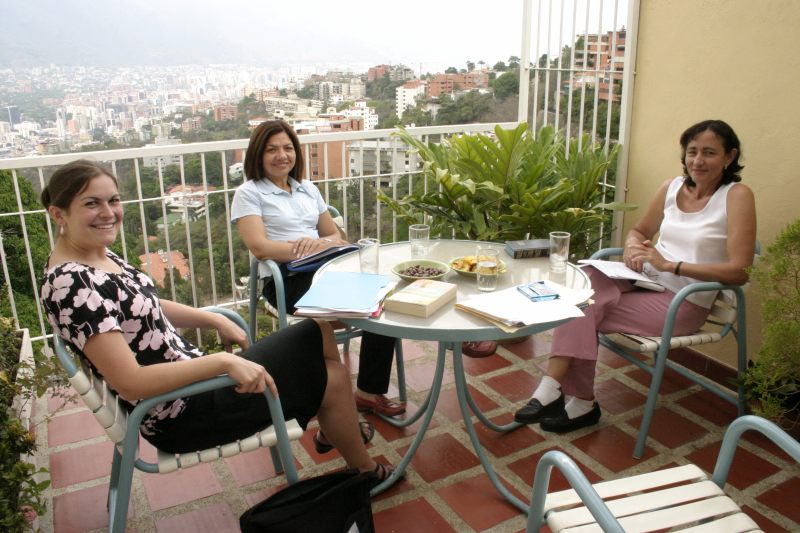



![Reblog this post [with Zemanta]](http://img.zemanta.com/reblog_e.png?x-id=88e81458-a090-8639-96df-5844298902d4)